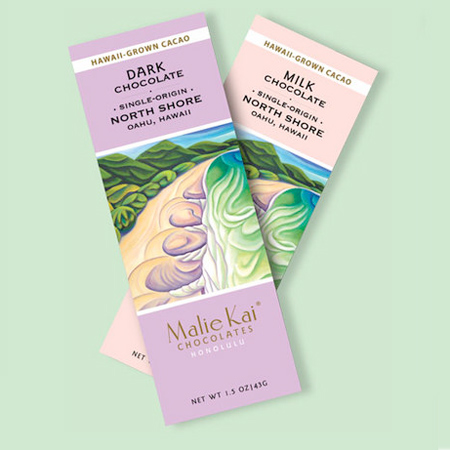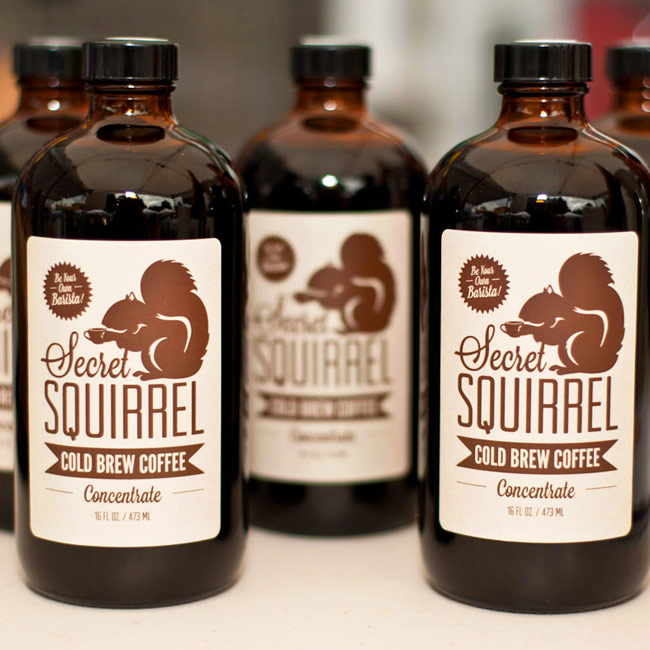Daylight Mind Coffee Company
Coffees from Hawaii and around the world, overseen by a scientist with a PhD in coffee

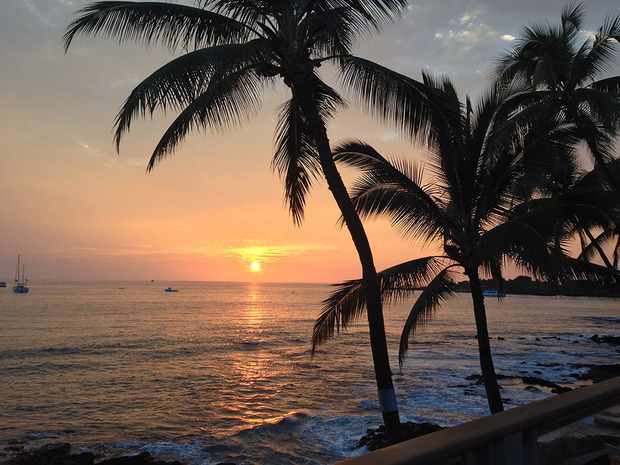
It’s in Kona, Hawaii where the unique “farm-to-roastery-to-cup” experience could give the artisanal roasters in New York or San Francisco a run for their money. Daylight Mind Coffee Company (DMCC) in Kona opened its doors in September 2013 as not only a traditional coffee house and roaster, but also a restaurant, bakery and coffee school and now a bar. All of this is accompanied by a killer oceanside view, 15 feet from the water—and there’s no need to vulture around for a seat to become free like in those cramped urban cafés. DMCC, which is still in the process of getting their bearings and partially under construction, takes full advantage of its prime location by offering Hawaiian coffees from small farms, many who are close friends of the founders, to being adorned with work from local artists.
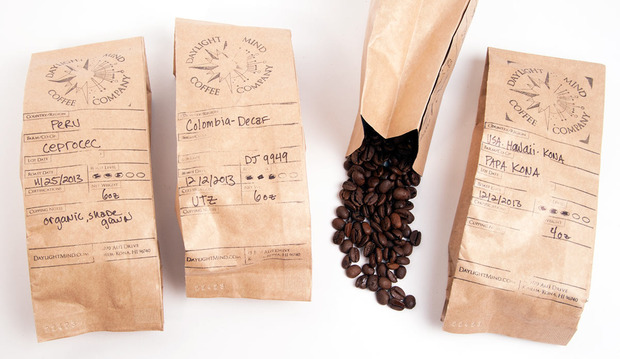
We sampled DMCC’s 100% Kona coffee just a few days after it was roasted. There’s definitely a punch of sweetness but it’s punctuated by smoke and earthy undertones; at once, it’s bright yet full-bodied. To get poetic, it’s on par with Hawaii’s dramatic landscape: Beautiful, lush, yet it borders the depth of the sea around it and the underlying molten volcanic possibility. CH spoke with Shawn Steiman, one of the co-founders of Daylight Mind Coffee Company, although he prefers the official title of Chief Science Officer. Steiman’s good nature, coupled with his intricate personal network of countless farms in Hawaii, near-omniscient knowledge of coffee-making and tasting, and eagerness to share this information with others (for starters, check out DMCC’s helpful cupping glossary) make him the Willy Wonka of coffee.
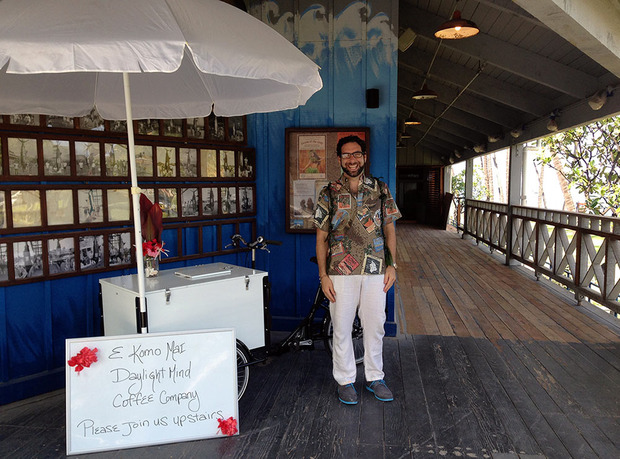
Tell us a little bit about your background.
I grew up in Kansas and went to college in Ohio. I moved to Hawaii right out of undergrad to study coffee in grad school; I got a Master’s degree and PhD doing coffee stuff, in horticulture and various other things. There are people here in Hawaii who have expertise in coffee because it is a crop, so I came to work with them and I just specialized my studies.
How long have you been in Hawaii now?
13 years? Eight and a half of those years were in academia. Basically I did everything I could to learn about coffee in all kinds of different ways; it was the chance in life to explore my interests, and at the end of that, I wrote a book [“The Hawaii Coffee Book”]. After I graduated, I started a consulting business because I didn’t want to go into academia—all I wanted to do was coffee. So I’ve been a consultant ever since. I do a little bit of science work on the side when I can (after all, I’m a trained scientist) and this idea of Daylight Mind came up, where I could have a coffee school and I could put all this stuff into practice that I’ve been talking and writing about for all these years. So I still consult and do some research and I’m a major owner in Daylight Mind.
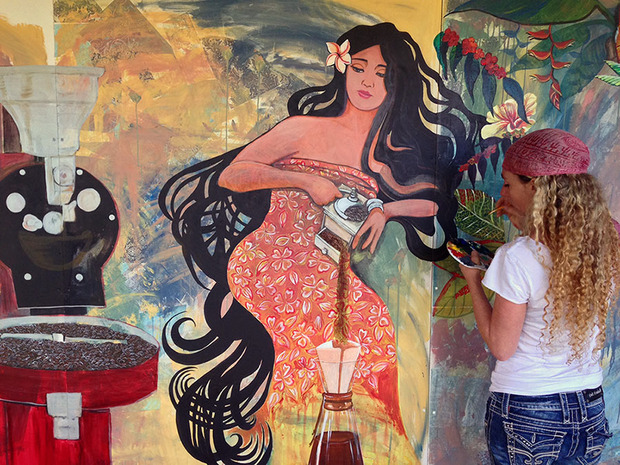
How did you come up with the name Daylight Mind?
It’s the literal translation of “na‘auao.” This is the Hawaiian word that means intelligence, knowledge, enlightenment. It’s a hard word to pronounce in Hawaiian, and we wanted to be local but not too local. Having a daylight mind, having an enlightened mind—we really liked that because we’re explorers; we want to learn things. It meshes our Hawaiian roots and Western existence.
So the mission of Daylight Mind is not only to feed people good coffee but to teach people about good coffee.
Right, so it’s about having coffee as an experience. You could walk in, just drink coffee and enjoy it; most people do that in the world. But some people want something more out of it, and we think that there’s something more to get out of coffee. From a physical level, a psychological level, and obviously an academic level, so that’s something we want to offer. We want to be a resource, a place that explores great things with coffee.
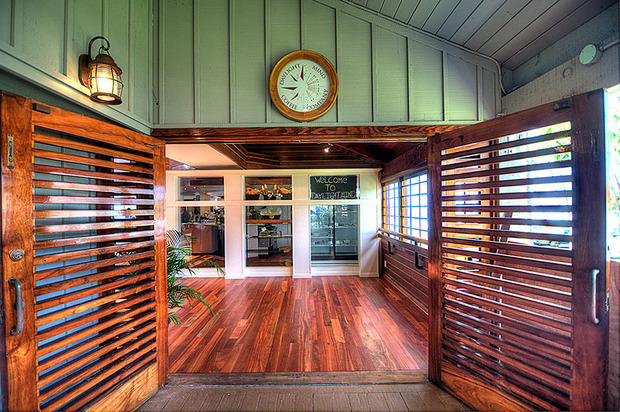
How much of the beans that you roast are from Hawaii?
I would say probably 70% right now. I’ve been here a long time in this industry and I really am a believer that we have great things here. I want to support the people I respect and the friends I have.
How would you describe the flavor profiles of the beans that come from Hawaii?
I really hate that question [laughs]. I think it’s a really important question, and I think there’s a really important answer. That question stems from this idea of coffee, anywhere from 20 years ago and on. Most places coffee was thought about being from was a country—lots of farmers would funnel their coffee through co-ops or mills or warehouses and there was some homogeneity going on. There wasn’t a sense of the “estate,” where one farm was doing something different from the neighbor farm. So we could get these generic flavor profiles because there was such a large amount of homogeneity going on, that it made sense. This is true of Kona as well.
When this idea of specialty coffee came around and estates started showing up, you can imagine that two farms next to each other could be doing two very different things. The question is, who becomes the standard? When you have 50 farms doing different things, when does that deviation from that historical norm become important? I think we’ve reached that point—clearly in Hawaii—because easily 30-40% of our farms are estates. Whether they’re producing good crops or bad crops, there’s still an end product that tastes different.
And I just don’t like to do that, because at some point, environment conditions are different and varieties are different and processing is different. There’s just too many things that people are doing and can do—right and wrong—that make different flavors. A coffee from a low elevation, mechanically harvested farm in Hawaii is going to taste totally different from a high elevation farm that’s handpicked because of 10 different factors. So which one is the Island profile that we’re trying to talk about?
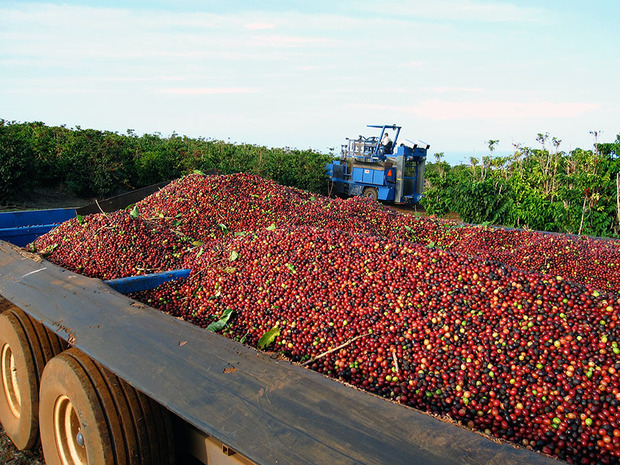
Fascinating. So what are some estates in Hawaii that you favor, how about that question?
That’s easier. Some of our [DMCC] investors and co-owners are farmers in Kona. And the best part is, they actually produce really great coffee, like Papa Kona. They are farmers who are doing a good job because they care about their product, and they are trusting us also to do a good job with their product. But some of those large mechanically harvested farms I really love too—there’s one in Oahu which is Waialua Estate Coffee and Cacao, there’s one in Moloka’i which is Coffees of Hawaii, there’s one in Maui which is MauiGrown. Because we’re so young, it’s hard to bring in a small lot of something, 20-30 pounds, but because of my historical connections with the industry, I can buy a small lot and roast them and sell them to small cafés that are doing high-end stuff.
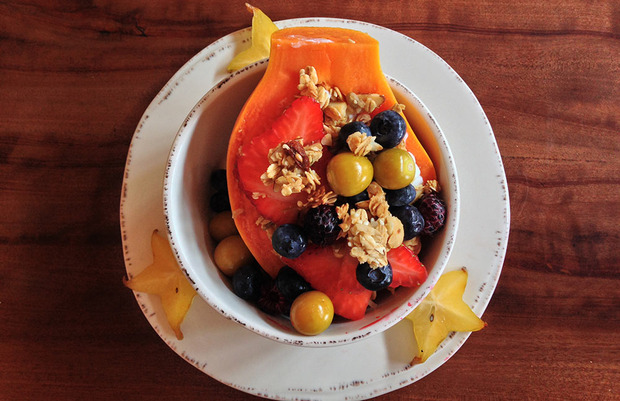
Has coffee traditionally been a part of the day-to-day Hawaiian lifestyle?
Yes and no. The Polynesians didn’t bring it with them; it arrived in 1825, which is pretty recent. It has nothing to do with traditional Hawaiian-ness at all but it’s become an integrated part—it’s one of the most important crops in agriculture. I haven’t looked in the last year or two, but there are more coffee farms in Hawaii than any other type of farm, even though most of them are very small.
How does DMCC try to distinguish itself when roasting beans?
What makes our roastery special—and this is not necessarily unique; I don’t want to trash my competitors or my friends—we’re very careful to only buy what we think is high-quality coffee. We try to roast all of our coffees in a way that brings out the identity of a coffee, and the short answer for that is we tend to roast a lot lighter than other roasteries in Hawaii. Even though customers love dark roast, dark roasting is like making a well-done steak;—you bring in a taste of the process you’re using and not so much the inherent qualities of the product.

What do you hope to achieve with your coffee school?
I’m really an educator. And as a scientist, what I really want to do is not teach people to be like me. I want to teach people to be all sorts of ways and let them choose. “Here’s the information that I think is truth, and it’s truth based on these reasons.” You go and decide what you’re going to do with it. You don’t have to like the coffees that I like, that are complex and esoteric, but here are these coffees. Here’s why they exist, here’s the kind of people who like them, here’s how the flavors change, etc. The school is about empowering people with knowledge, because that’s what school should be—not a brainwashing institution.
Can you tell us more about the classes you hope to offer, like the cupping sessions?
[Cupping is] sort of the analogy to wine tasting. It’s a little more complicated because you don’t just drink out of a wine glass or coffee mug, you put it into a bowl and slurp it with a spoon and spit it out. In a two hour time period, you can only cover so much. It’s easy to do little things that are important to farmers and passers-by. We have things like cupping and roasting—how does this thing that happens on the farm influence what you’re tasting with your tongue? What do we mean by coffee quality? What does it mean to be a coffee-maker, what sort of knowledge do you need for that? Say you want to open a café—come and take classes on things you need to know about running a café. The specialty coffee industry has all sorts of certifications and other classes that are offered; we want to host those. I want to have classes for farmers, things for quality. We have all these things planned for it and it’s really going to be an unusual school.
Unlike any school on the mainland, we have this unique opportunity to have a school that can teach someone from seed-to-cup. We can go to a farm and it becomes not just academic but experiential. I don’t have to lecture to you about how we prune coffee—I can show you! With the smell of the soil and the plant in our hands—pictures of coffee farms are great, but they’re always pictures, well-chosen design—but the reality is, you got to talk to farmers. One of the reasons we [opened DMCC] in Kona was because it was so accessible.
Check out the selection of coffees from DMCC at their online store. Products range from 100% Kona Coffee to Maui “Red Catuai” and Peru Yanatile, starting from $11.
Second photo by Nara Shin, all other images courtesy of Daylight Mind Coffee Company
